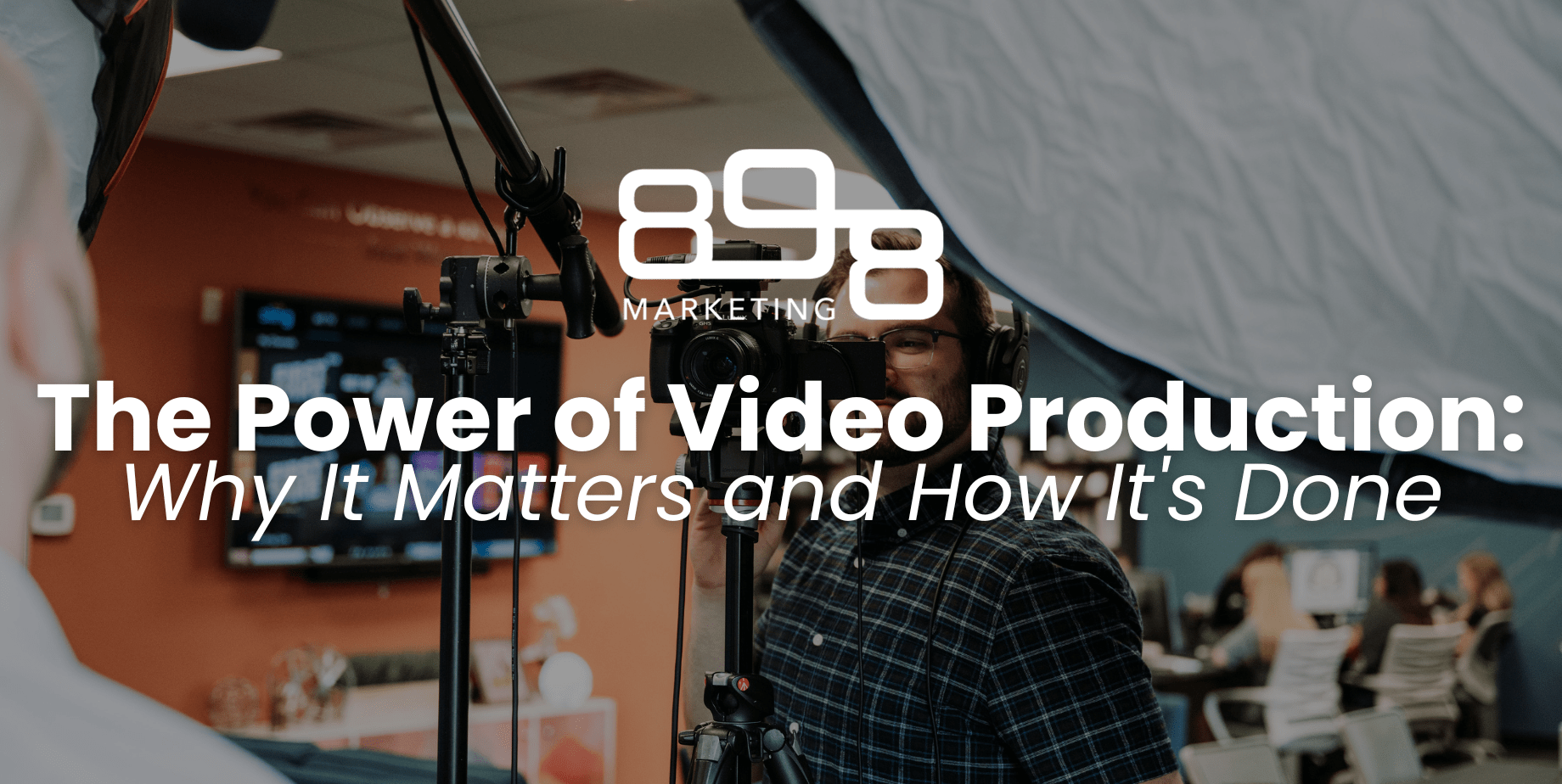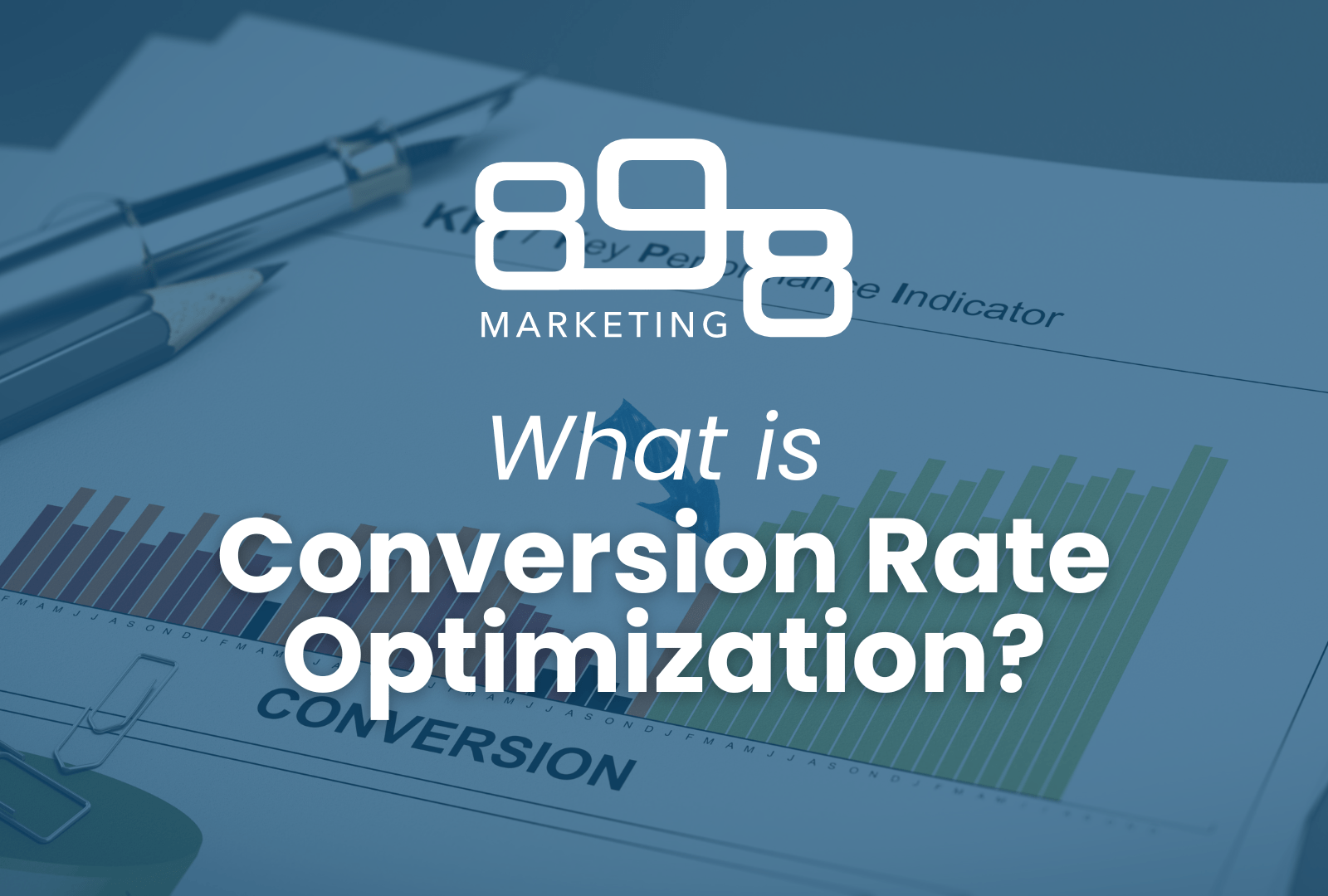
The Power of Video Production: Why It Matters and How It’s Done
- Lexi Marco
- October 16, 2023
- Video
- content marketing, Video Production
- 0 Comments
In today’s digital age, the significance of video production cannot be overstated. Video has become one of the most engaging and influential mediums for conveying information and messages to a wide audience. Whether you’re a business looking to promote your products, an individual sharing your passion, or an organization telling a compelling story, understanding the importance of video production is crucial. In this blog post, we’ll explore why video production is important to enhance a brand and provide a brief overview of the video production process.



Why Video Production Matters
-
Captivating and Memorable
-
Versatile Content
-
Enhanced Communication
-
Boosts SEO
-
Increased Engagement
The Video Production Process: A Brief Overview
Effective video production involves several stages, each crucial to creating a compelling and professional video:-
Pre-Production
-
Production
-
Post-Production
-
Distribution and Promotion

898 Video Team Recommended Software and Programs:
The following software and programs are ones that we recommend all professionals use to create engaging video content: – Adobe Creative Cloud: Adobe Creative Cloud offers an unbeatable suite of tools, including Premiere, After Effects, Audition, and Photoshop for professional video, audio, and photo editing. – iMovie and CapCut: User-friendly choices for those seeking to edit their own content without professional experience. – Envato Elements: When you need stock items for your projects, Envato Elements provides a vast library of virtually every resource. – Fiverr: Fiverr is a trusted platform to connect businesses with freelancers for voice-over artists and creative professionals.898 Marketing’s Video Team Recommended Education Resources:
If you are a beginner or simply looking to learn more about how to enhance your video production skills, here is a few of our video team’s recommended educational resources: – YouTube: YouTube is the go-to platform for learning about filmmaking and photography. Content creators on YouTube are often experienced filmmakers themselves, offering valuable insights and information. – MasterClass: This resourve offers in-depth, expert-led lessons to delve deeper into the art of storytelling. MasterClass is great for people with some experience but looking to take their skill to the next level. – TEDx: TEDx provides thought-provoking talks and presentations that can inspire and inform your creative journey. – School of Motion: School of Motion supplies resources for those seeking advanced training in various aspects of filmmaking and motion graphics.898 Marketing’s Video Team Recommended Influencers and Industry Gurus:
If you are interested in discovering a specific influencer within the industry to follow and learn from, here are a few of our recommendations: – Christopher Nolan: A cinematic visionary known for groundbreaking work in filmmaking. – Lewis Potts: Offers a wealth of educational content and insights for aspiring filmmakers. – Danny Gervitz: Shares tips on creating films, as well as, the short films and projects he has created. – Daniel Schiffer: Provides valuable tutorials and tips to enhance your filmmaking skills. – Kyle Nutt: A go-to source for creative ideas and editing techniques.Conclusion:
Video production is a multifaceted process that requires careful planning, creative execution, and technical expertise. Whether you’re creating marketing videos, educational content, or storytelling pieces, understanding the importance of video production and following these steps can help you produce videos that resonate with your audience and achieve your goals.Related Posts

- Cailyn Chrystal
- February 8, 2016
Humanizing Your Brand on Social Media
Humanizing your brand on social media helps build relationships by showing a more personal and ..

- Jeff Ryznar
- February 15, 2016
Measuring Social Media Success
Measuring social media success for businesses goes far beyond looking at 'likes' and 'followers ..





Recent Comments